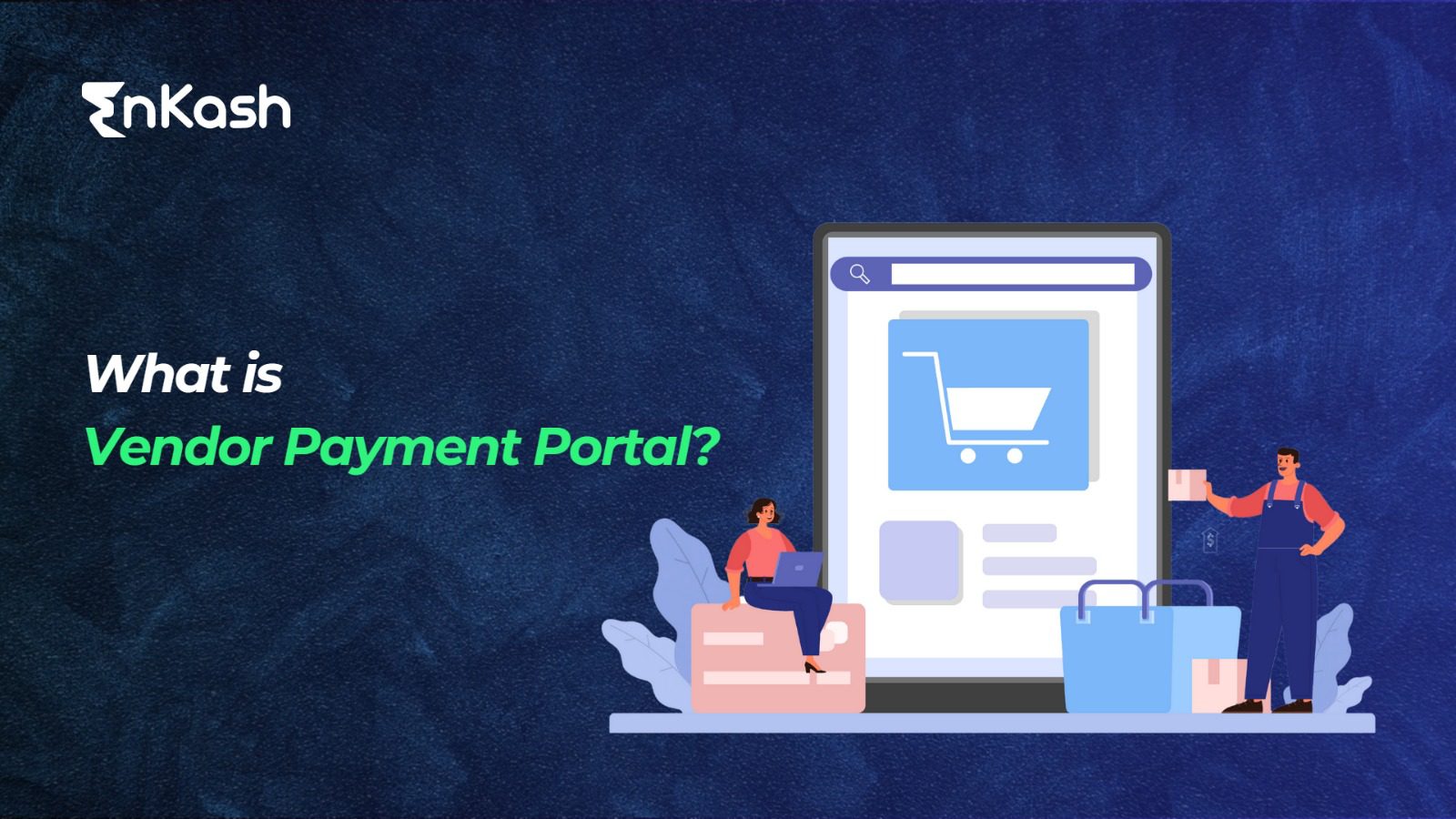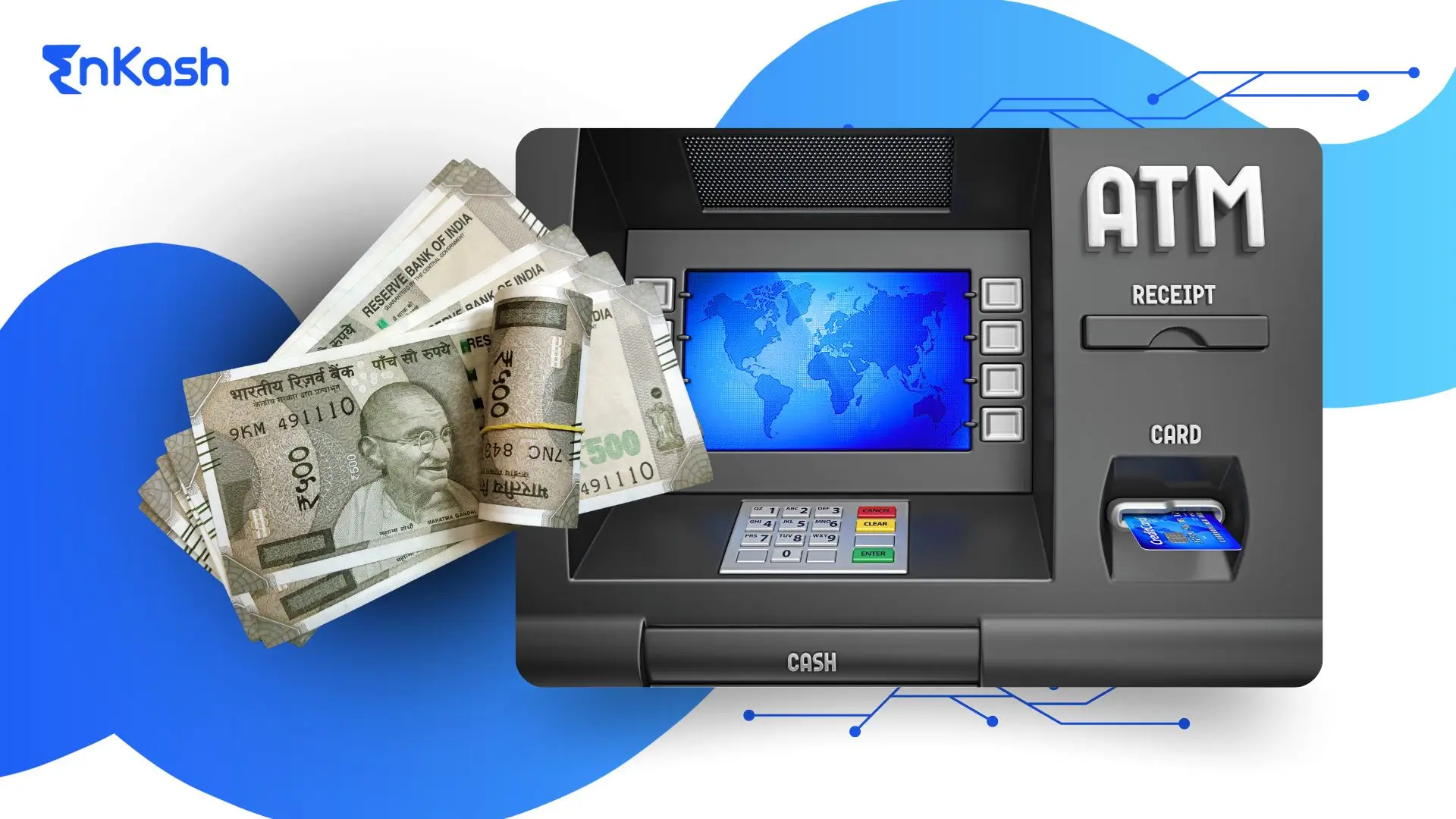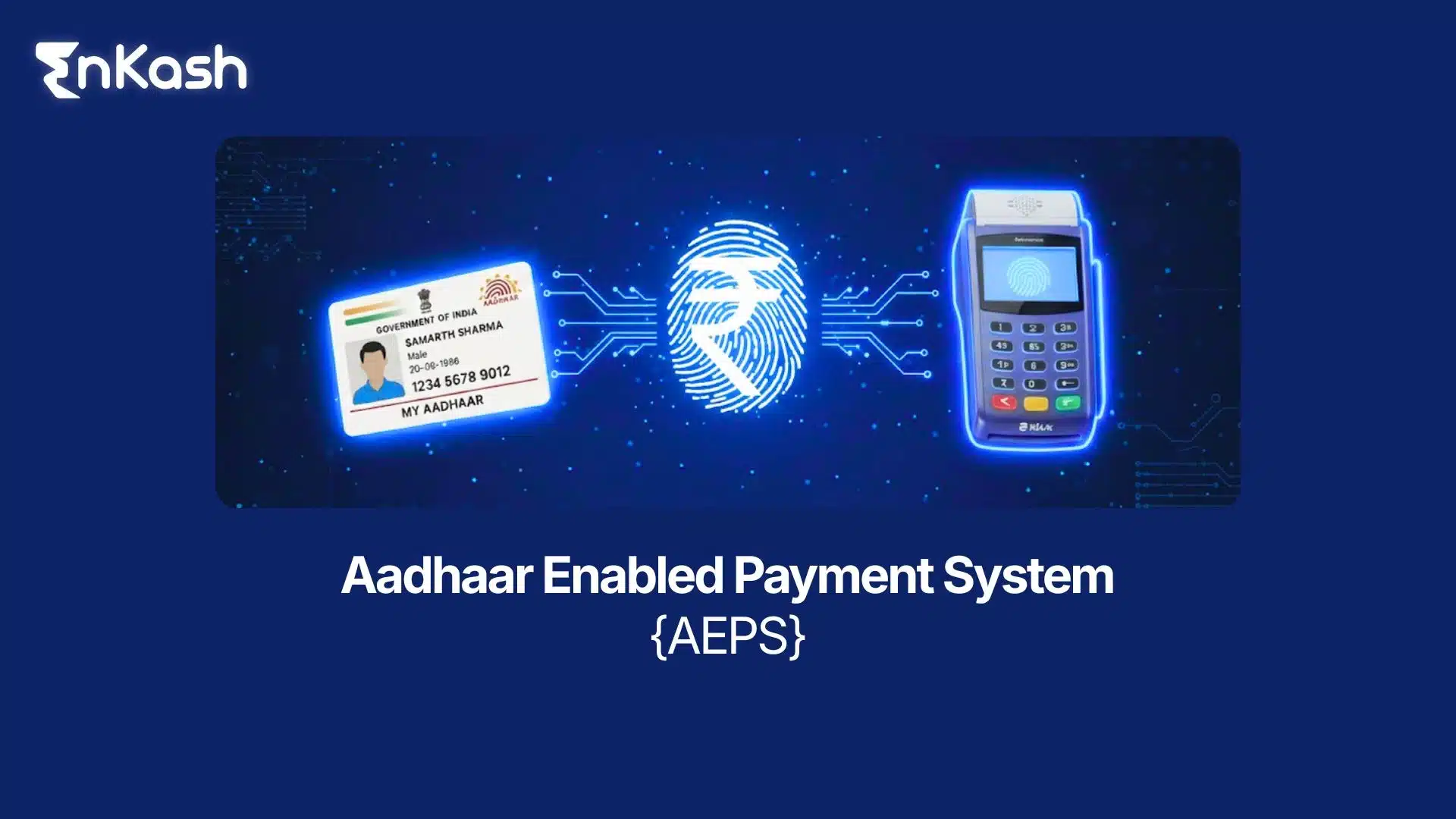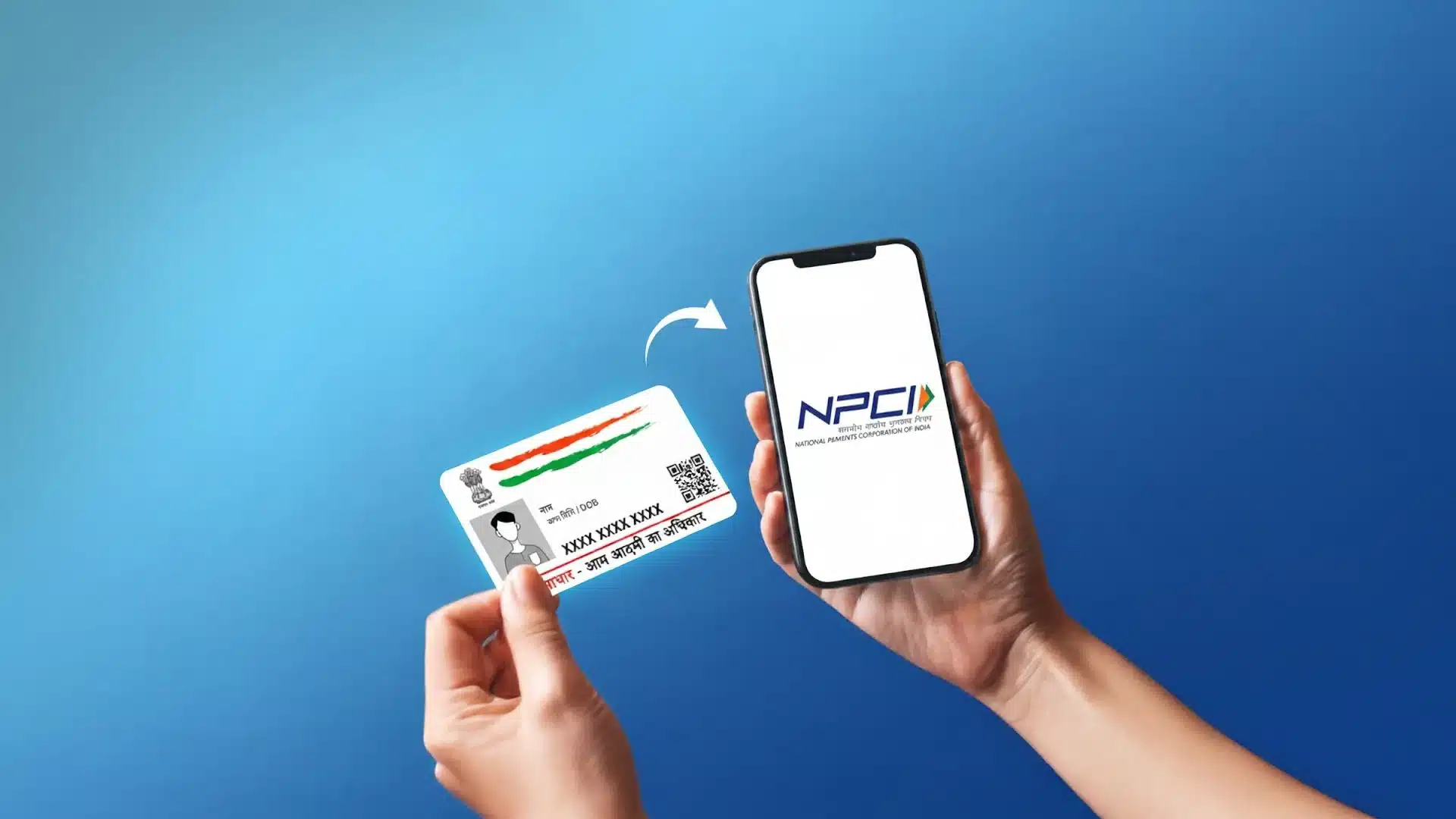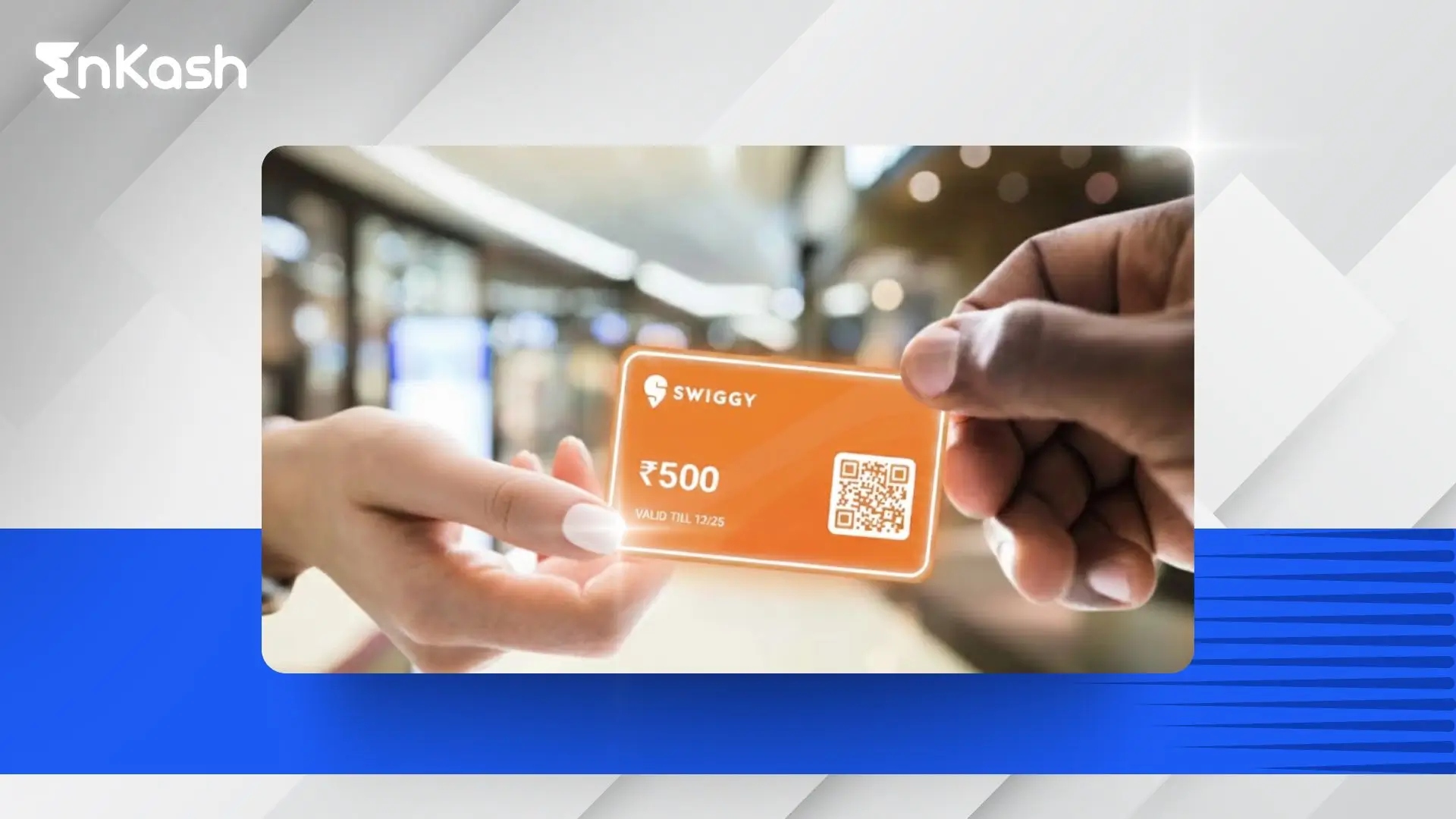In the fast-paced world of business, every cog needs to turn smoothly for the machine to run efficiently. One crucial cog in this machine is vendor payments, the process of paying external suppliers for the goods and services that keep your business running smoothly. However, managing these payments can be a complex and time-consuming task.
This blog is your one-stop guide to understanding vendor payments, their importance, and how to manage them effectively. We’ll also explore how EnKash’s vendor payment system can take the burden off your shoulders and streamline your financial operations.
So, what exactly is a vendor payment portal, and how can it benefit your business?
Vendor payments are transactions where a business disburses funds to external suppliers or vendors in exchange for goods or services rendered. This process involves setting up a systematic approach to handle these payments efficiently. Essentially, it’s about managing the financial aspect of purchasing goods or services from external sources.
Think of it like this: You order inventory from a supplier, receive the goods, and then send them a payment. This payment is what we call a vendor payment.
Why are vendor payments important?
Vendor payments for businesses play a pivotal role in maintaining healthy vendor relationships and ensuring the timely delivery of goods and services. By managing vendor payments effectively, businesses can:
Maintain Supplier Relationships: Smooth vendor payments are the backbone of strong business relationships. Timely payments not only uphold the business’s credibility but also nurture a positive rapport with vendors, fostering long-term partnerships.
Ensure Smooth Operations: Punctual vendor payments are instrumental in maintaining an uninterrupted supply chain. A well-oiled payment system ensures a steady inflow of goods and services, preventing any disruptions that might arise due to delayed payments.
Enhance Reputation: Consistent and timely payments reflect positively on the business’s reputation, attracting more reliable vendors.
How to manage vendor payments for businesses?
Traditionally, vendor payments for businesses were handled manually, involving paper invoices, checks, and a lot of back-and-forth communication. Thankfully, there’s a better way! Let’s explore some effective management strategies:
1. Invest in vendor payment software:
Dedicated software automates tasks like invoice approval, payment processing, and reconciliation. This saves time, reduces errors, and provides real-time visibility into your financial health.
2. Leverage electronic payments:
Switch from paper checks to electronic payments. This speeds up payments, improves security, and reduces administrative costs.
3. Establish clear payment terms:
Define clear payment terms (e.g., net 30 days) in your contracts and stick to them. This ensures timely payments and avoids misunderstandings with vendors.
4. Encourage early payment discounts:
Some vendors offer discounts for early payments. Take advantage of these opportunities to improve your cash flow and potentially save money.
5. Reconcile payments regularly:
Regularly reconcile your vendor payments with your invoices to ensure accuracy and identify any discrepancies.
Advantages of automated vendor payments system
Adopting a vendor payment system like EnKash offers numerous advantages. Some of them are listed below:
Increased Efficiency
EnKash’s automated vendor payments system brings unparalleled efficiency to the table. By automating manual tasks, businesses can reduce the chances of errors and enhance the overall speed of their payment processes.
Seamless Management
The system facilitates seamless vendor management, allowing businesses to keep track of payment timelines, outstanding invoices, and other crucial details. This not only saves time but also provides a comprehensive overview of financial transactions.
Greater Visibility
EnKash ensures transparency in financial operations, providing businesses with real-time insights into their vendor payments. This transparency is crucial for making informed decisions and strategizing for future financial endeavors.
Manage vendors easily and automate manual tasks with EnKash
EnKash offers a comprehensive automated vendor payments solution designed to simplify and optimize the payment process for businesses of all sizes. With EnKash, you can experience:
Scalability: Whether you’re a small startup or a large enterprise, EnKash’s solution can scale to accommodate your growing needs
Customization: Customize workflows according to department-wise hierarchies to align with your business requirements and preferences
Integration: Seamlessly integrate EnKash with existing accounting and ERP systems for a unified payment/accounting experience
Streamlined Reconciliation: Easily reconcile payments, track expenses, and generate reports for better financial visibility and control
Real-time Reporting: Gain instant access to detailed reports and analytics on your vendor payments
Enhanced Security: Safeguard sensitive financial data and transactions with advanced encryption and security protocols
Improved Vendor Relationships: Strengthen vendor relationships by ensuring timely payments and negotiate better deals
Here’s a step-by-step process of how EnKash’s vendor payments system works
The EnKash vendor payments system follows a simple 4-step process:
Step 1: Invoice Collection
The process starts with obtaining the invoice from your vendor. If the vendor hasn’t sent the invoice yet, you need to reach out and collect it. Once you have the invoice/invoices in hand, you can choose to upload them one by one or in bulk onto the platform.
Step 2: Approval Workflows
Next, the system automates the approval process. It follows a default/predefined approval flow or you can set up a custom maker-checker flow and make sure the invoice reaches the right person for approval.
Step 3: Secure Payments
After approval, you can select the payment method that works best for your organization. This could include options like payments using debit/credit/virtual cards, NEFT, IMPS, etc.
Step 4: Automatic Reconciliation
Once the payment is made, the system automatically matches it with the corresponding invoice. This reconciliation process ensures that every payment is accurately accounted for and aligned with the appropriate vendor transaction. It helps in maintaining accurate financial records and identifying any discrepancies or errors that may arise.
Conclusion
In the ever-evolving landscape of business, a well-functioning vendor payment system is essential for the smooth operation of any business. By understanding its importance, implementing efficient processes, and leveraging the right tools like EnKash, businesses can streamline their payment workflows, strengthen vendor relationships, and drive overall growth and success.
FAQs
Q. What is vendor payments process in EnKash?
EnKash simplifies the vendor invoice payment process by automating the entire workflow. From receiving invoices to processing payments, the system ensures timely and accurate transactions. These payments can be made through various methods such as bank transfers like credit, debit, virtual cards, NEFT, or IMPS, depending on the preference of the business and the vendor.
Q. How can a vendor invoice payments system benefit small businesses?
Small businesses can benefit from implementing efficient vendor payment systems to streamline their payment processes, improve cash flow management, and foster better vendor relationships.
Q. What is vendor reconciliation?
Vendor reconciliation is the process of matching payments made to vendors with the corresponding invoices to ensure accuracy and maintain clean financial records.
Q. What are some of the challenges of managing vendor invoice payments systems?
Managing vendor invoice payments systems comes with its own set of challenges, including manual errors, delayed payments, lack of visibility into payment status, inefficient workflow, and complex reconciliation. EnKash addresses these challenges through automation, enhancing efficiency and accuracy.
Q. How to effectively manage your vendor payments?
Effective management of vendor payments involves implementing automated systems for invoice processing, streamlining approval workflows, maintaining clear communication with vendors, and leveraging technology for real-time tracking and reporting.

